Age-defying swallowing
- PMID: 40260057
- PMCID: PMC12009841
- DOI: 10.3389/fragi.2025.1510257
Age-defying swallowing
Abstract
Swallowing disorders, which are generally underdiagnosed, affect the elderly, leading to a decreased quality of life and complications, including aspiration pneumonia and death. Understanding the neurophysiology of swallowing and the causes of its dysfunction is a fundamental tool for the prevention, early diagnosis, and treatment of dysphagia. New technologies open a wide range of possibilities for the implementation of new care protocols for this disorder.
Keywords: ageing; dysphagia; new technologies; presbyphagia; prevention; swallowing.
Copyright © 2025 Palacio, Bermejo, Lucas-Ochoa, González-Cuello, Fernández-Villalba and Herrero.
Conflict of interest statement
The authors declare that the research was conducted in the absence of any commercial or financial relationships that could be construed as a potential conflict of interest. The author(s) declared that they were an editorial board member of Frontiers, at the time of submission. This had no impact on the peer review process and the final decision.
Figures


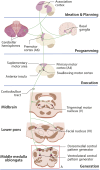
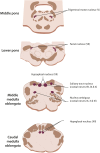

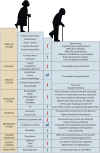
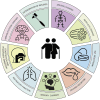
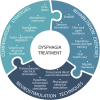

References
-
- Ambiado Lillo M., Borjas Galvis J. (2021). Presbifagia: Una Mirada a los Procesos de Alimentación y Deglución en los Adultos Mayores. Areté 21 (1), 105–112. 10.33881/1657-2513.art.21110 - DOI
Publication types
LinkOut - more resources
Full Text Sources

